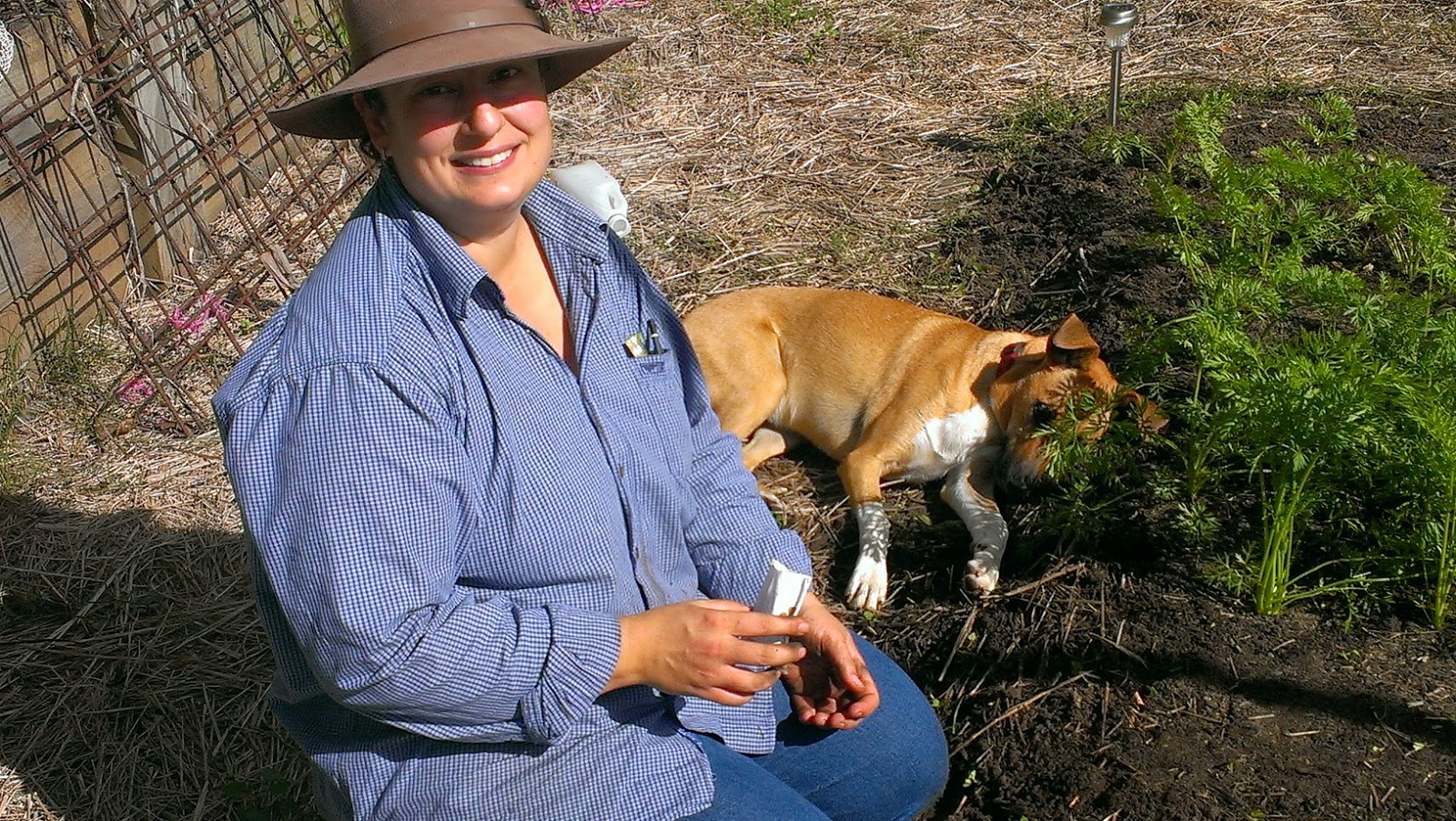Let's take a moment to think about that:
Eat like your life depends on it
The full credit for this thought provoking statement goes to Costa Georgiadis who visited the Blue Knob Farmer's market again a little while ago. I don't think it needs much discussion, but have a think about it. It may just influence some of your choices.
Here are some pics of Costa at the market that day.
Did you know that cattle will eat less volume of poor quality feed, and more volume of high quality feed? Strange, it seems to be the other way around with us...
Lots of lemons?
You know the old saying, when life gives you lemons then make lemonade. There seems to be lots of lemons around this area at the moment, maybe you too could make lemonade? This recipe is not sickly sweet like store bought lemonade, and has a tangy lemony aftertaste. Very refreshing on a hot day, lovely with mint or borage added to the glass.
3 1/2 cups sugar
4 cups boiling water
16 cups cold water
4 1/2 cups chopped lemons
200ml cider vinegar
Combine sugar and boiling water in a food safe bucket and stir to dissolve. Add cold water (from the tap is ok, no need to refrigerate), lemons and vinegar and mix well. Cover with a clean tea towel and leave for 48 hours. Strain, then pour into clean bottles and seal. Plastic softdrink bottles are good for this. The lemonade is ready in approximately 12 days or when it is fizzy.
Makes approx 5 litresBuilding progress
Things are thankfully starting to move a bit quicker.
 |
| Ground floor flooring and framing install |
 |
| First floor flooring install |
 |
| First floor framing install |
Yoghurt recipes / suggestions - as promised. If you made your own yoghurt I'd love to hear how it worked out.
- eat with muesli and fruit for breakfast
- use as a replacement for sour cream (eg on a baked potato, or nachos)
- salad dressing - 1 cup natural yoghurt, 1 tablespoon honey, 1 teaspoon ground cumin (toasted if you can be bothered) - mix together and voila !
- chicken marinade - 1 clove crushed garlic, 1/2 tblsp grated ginger, 1/2tsp ground ginger, 1 tsp ground cumin, 1 tsp brown sugar, 1/2 tsp salt, zest & juice 1 lemon, 1/4 cup chopped coriander, 1 tblsp chopped preserved lemon, 1/2 cup natural yoghurt. Marinate chicken for a few hours. Baste chicken with marinade while cooking.
Enjoy !
.jpg)


.jpg)
.jpg)

.jpg)
.jpg)

.jpg)


.jpg)
.jpg)
.jpg)
.jpg)


.jpg)






.jpg)









.jpg)
.jpg)




.jpg)
.jpg)

.jpg)
.jpg)

.jpg)

.jpg)